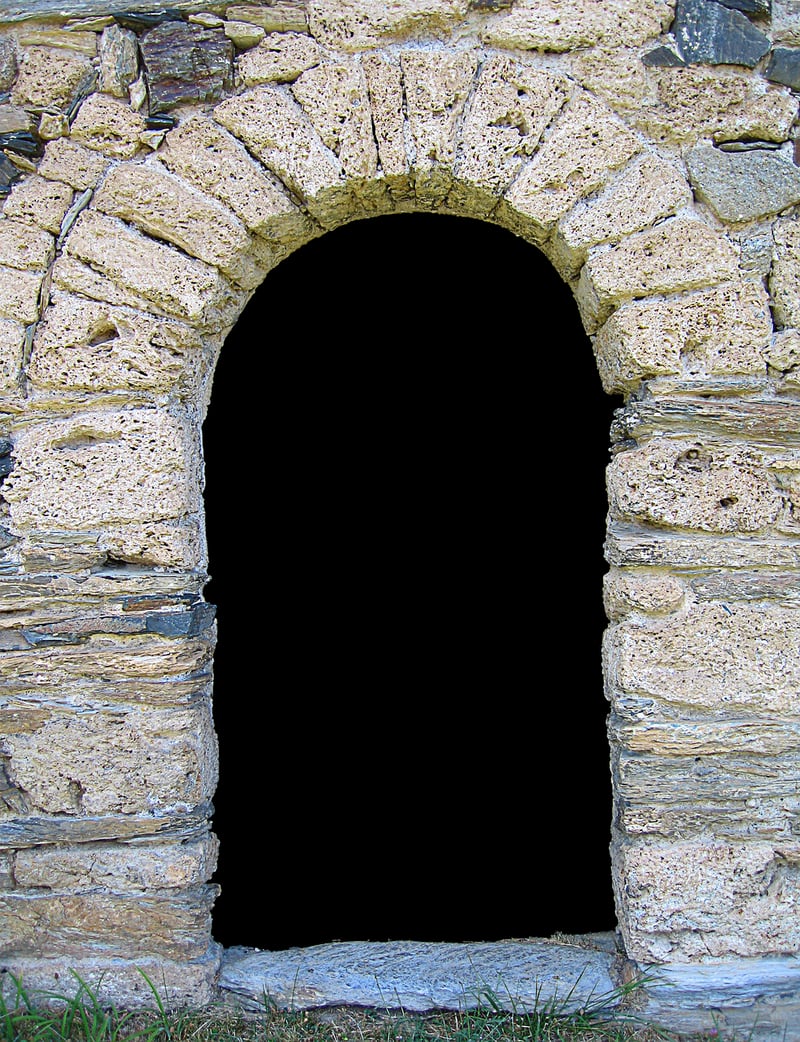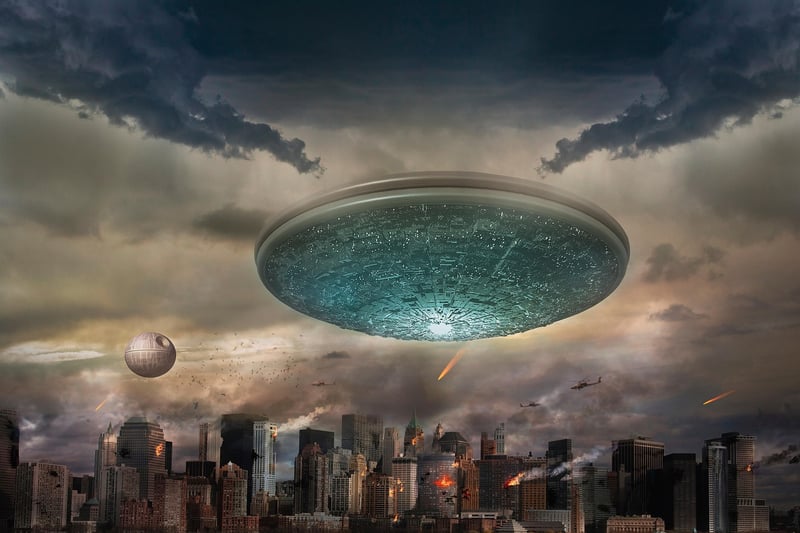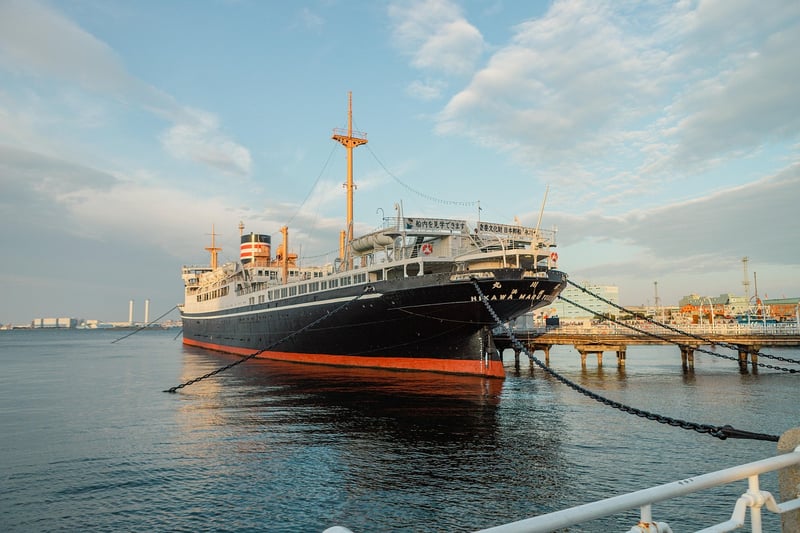Temporal Vessels
The Evolution of Transportation: From Ancient Methods to Futuristic Temporal Vessels
Ancient Methods of Transportation
Throughout history, humans have devised various methods of transportation to travel from one place to another. Some of the ancient forms of transportation include:
- Walking: The most basic form of transportation, walking, has been used by humans for centuries to move from one location to another.
- Animals: Domesticating animals like horses, camels, and elephants allowed people to travel longer distances more efficiently.
- Watercraft: Early civilizations developed boats and ships to navigate rivers, lakes, and seas, revolutionizing trade and exploration.
Modern Modes of Transportation
With the advancement of technology, transportation has evolved significantly. Modern modes of transportation include:
- Automobiles: The invention of cars and other motor vehicles has transformed how people commute, making travel faster and more convenient.
- Trains: Railways provide a reliable and efficient means of transportation for both passengers and goods over long distances.
- Aircraft: Air travel has made international journeys accessible to millions, connecting distant parts of the world in a matter of hours.
Future Possibilities: Temporal Vessels
Imagining transportation in the distant future brings concepts like temporal vessels into the spotlight. These futuristic modes of transportation are envisioned to transcend the boundaries of time and space, offering unprecedented speed and efficiency in travel.
While still a realm of science fiction, the concept of temporal vessels opens up a realm of possibilities for exploring the universe and unlocking the mysteries of time travel. Who knows what the future holds for transportation with innovations like temporal vessels on the horizon!
Exploring the Unknown
As we reflect on the evolution of transportation from ancient methods to futuristic concepts like temporal vessels, one thing remains certain – human curiosity and ingenuity will continue to drive innovation in how we move from place to place.



